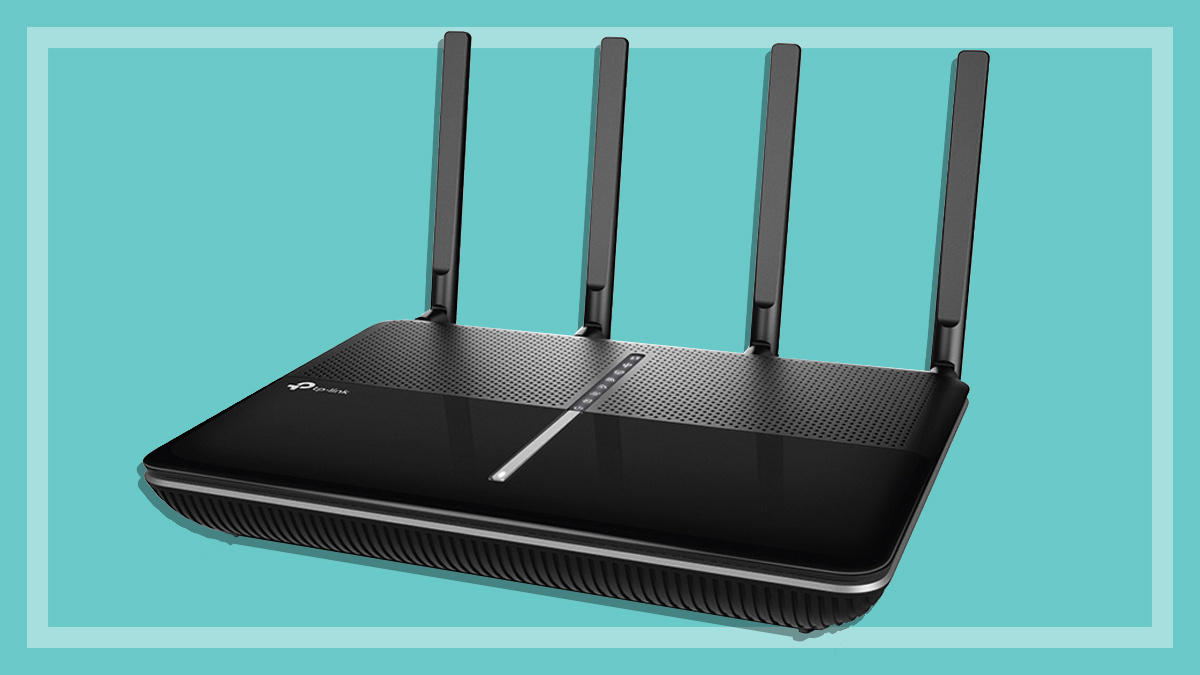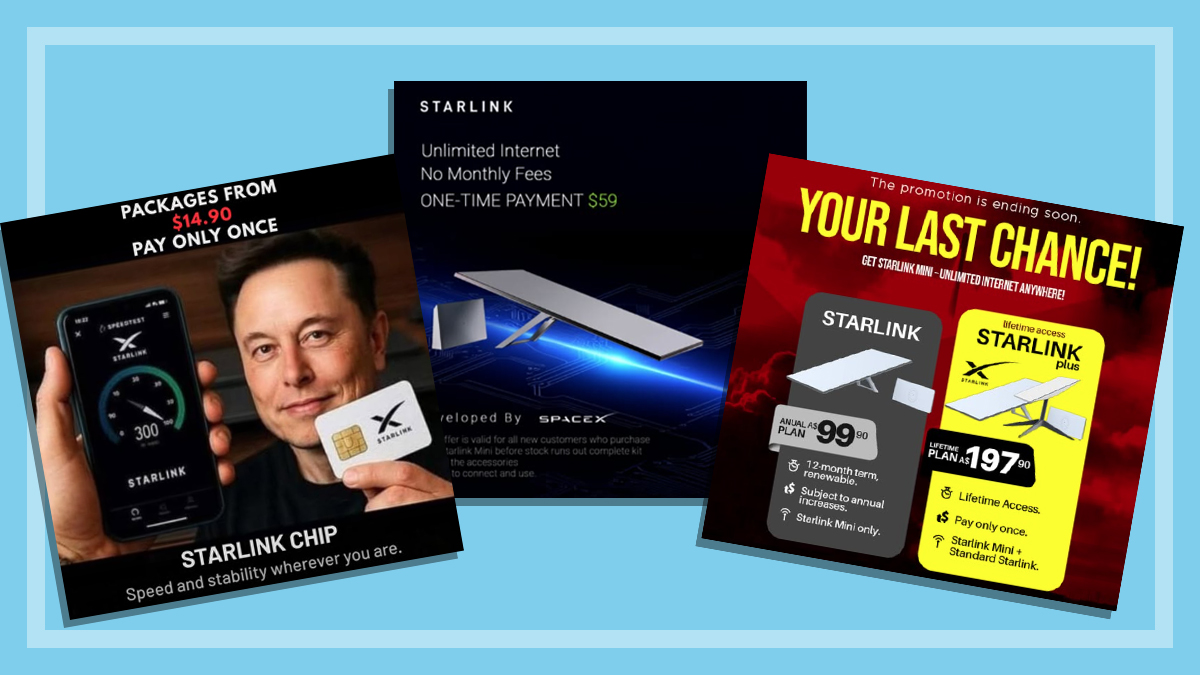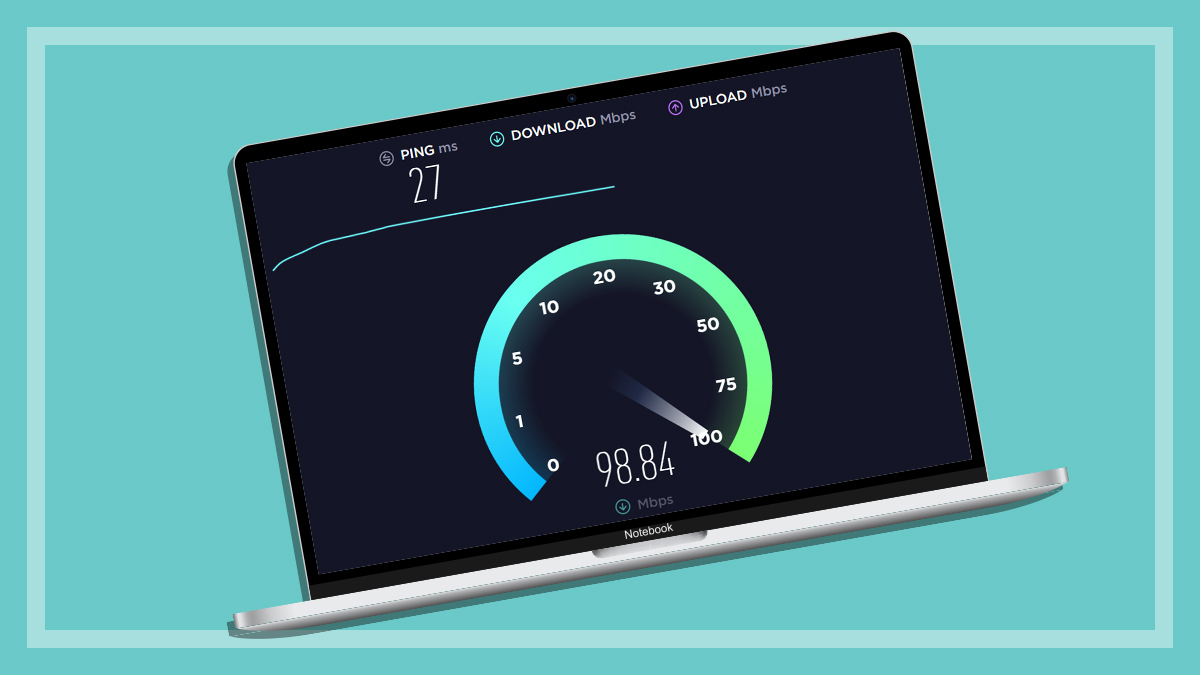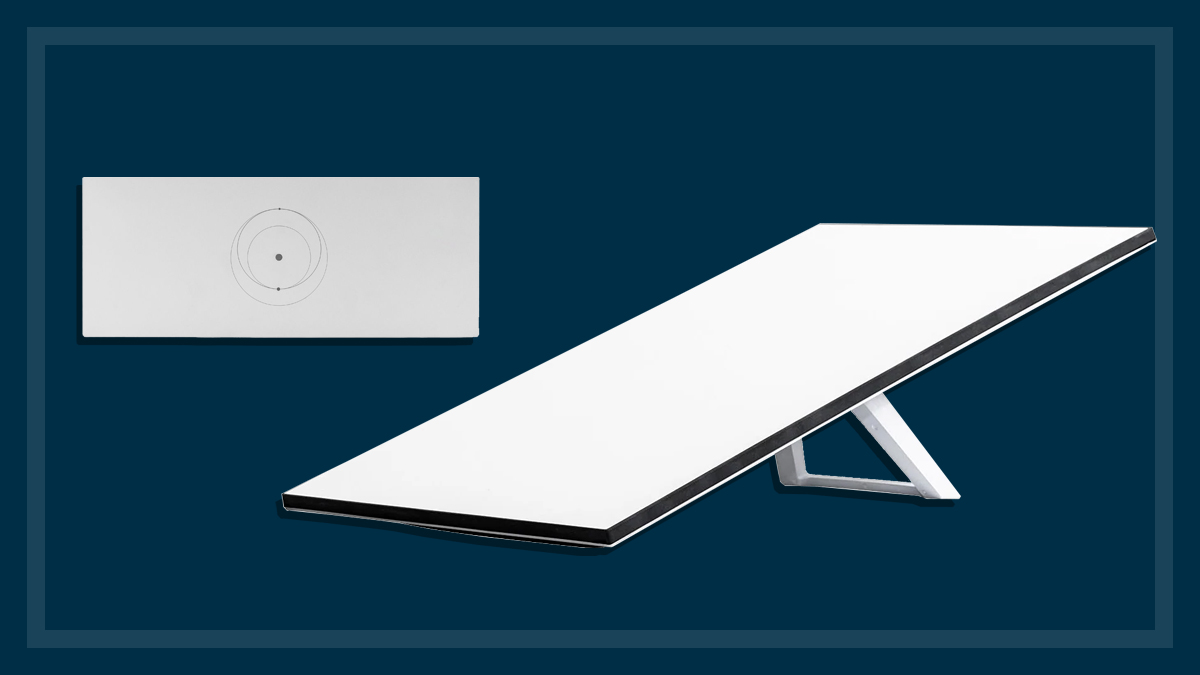Get our independent lab tests, expert reviews and honest advice.
5G vs NBN: Which is best?
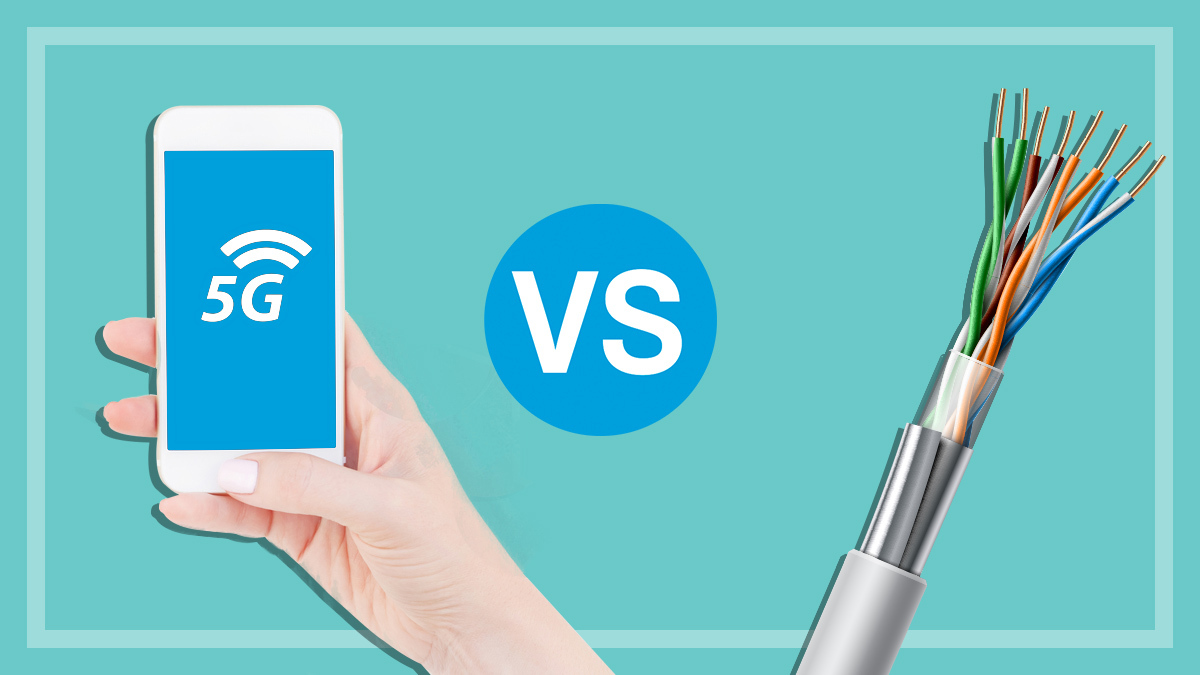
Need to know
- 5G home internet plans tend to offer more speed for their price compared with NBN plans
- The NBN is available to more Australians in more locations than 5G
- It's hard to say if 5G is faster than the NBN, and too early to say if it's more reliable
On this page:
- CHOICE verdict
- 5G and NBN pricing: Which is cheaper?
- Coverage and availability
- Reliability of connections
- Speed: Is 5G faster than the NBN?
- Upgrades are underway for 5G and the NBN
The NBN has brought fast internet to millions of Australians, but the arrival of super-fast 5G wireless broadband is stealing its thunder.
Thanks to a mishmash of delivery methods – fibre, coaxial cable, and good old copper lines – not all people can get the NBN at premium speeds.
And even though the NBN is going back and upgrading some areas, the fast growth of the upstart 5G mobile network is increasingly becoming a tempting alternative for many users.
So, should you be thinking about ditching broadband and switching to 5G?
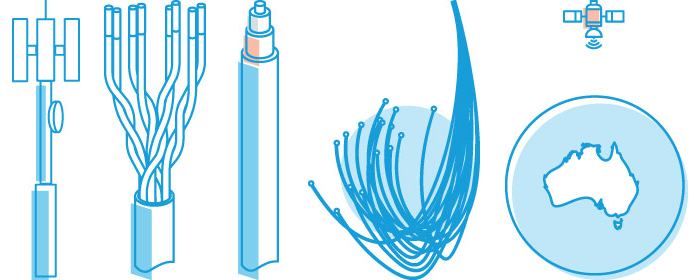
CHOICE verdict
For some households, 5G might already be the best home broadband option. It’s still early days for this emerging mobile broadband technology, but some current connections are as fast or faster than similarly-priced fixed-line NBN.
That said, 5G won’t be for everyone.
In many cases, the NBN should continue to serve as the internet backbone of Australia thanks to its wide-spread coverage and (largely) fixed-line construction. There are also NBN upgrades to consider, some of which are already happening.
Rather than a one-takes-all throwdown, there’s plenty of room for both technologies to work alongside and complement each other as demand for faster internet and higher data caps increases in Australia.
But which one is best for you depends on a lot of factors, not least of all your location.

5G and NBN pricing: Which is cheaper?
Winner: 5G
For the speed on offer, 5G home internet plans are better value than NBN plans, according to Alex Choros, managing editor at mobile and internet comparison service WhistleOut.
The details
5G home internet plans come in two main types:
- speeds capped to 100Mbps
- uncapped speeds (these go as fast as the network will allow at the time of use – Choros considers 200Mbps a safe bet, but it can be much higher).
The NBN plans comparable on price are:
- Home Standard – maximum speed 50Mbps
- Home Fast – maximum speed 100Mbps
“When you exclude discounts, capped 5G home internet plans are priced roughly in line with NBN Home Standard plans, while uncapped 5G home internet plans are priced roughly in line with NBN Home Fast plans,” says Choros.
Which means that both 5G speed tier options offer double or more the potential download speeds of these two NBN plans, for a similar price.
5G speed tier options offer double or more the potential download speeds of their NBN counterparts, for a similar price
“I’ve seen speeds over 500Mbps on Telstra 5G home internet on an $85 plan. That’s less than Telstra charges for its 50Mbps NBN Essential plan.”
Almost all 5G plans have unlimited downloads, similar to many NBN plans. (Telstra is an exception, but with a 1TB cap, even a large, data-heavy household is unlikely to reach it.)
5G pricing between the big three telcos – Telstra, Optus and Vodafone/TPG – is similar. But 5G resellers, which operate on the Optus and Vodafone networks, may have better deals.
“For example, SpinTel’s entry-level 5G home internet plan will set you back $69 per month, which is $10 less than what Optus charges on the same network,” explains Choros. “On the Vodafone network, you’ll pay $5 less per month for a 5G home internet plan with TPG than you will with Vodafone itself. The overall savings are smaller than what we see in the mobile reseller space, however.”
Coverage and availability
Winner: NBN
Right now, NBN is available to more Australians than 5G is.
5G coverage in Australia
The telcos claim the following coverage for their 5G network:
- Telstra – 75% of the population
- Vodafone – 85% in ten major cities (but at the time of writing its home wireless modems didn’t work on a large portion of its 5G network)
- Optus – 1.2 million homes as of November 2021, which is a relatively small percentage.
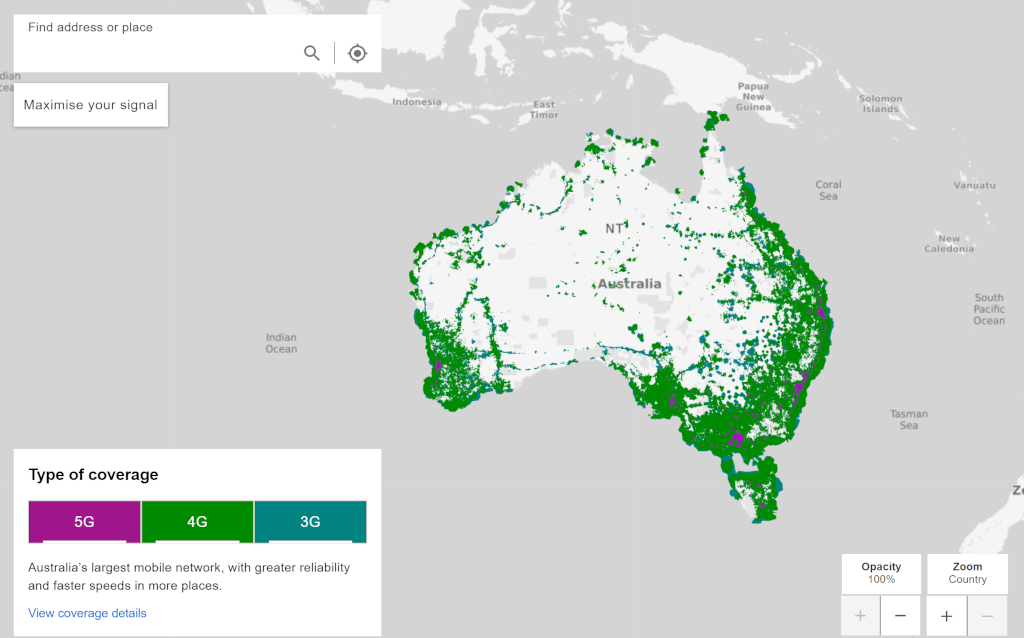
To give some perspective, 60% of the Australian population is centred around six major metropolitan areas, all of which have 5G coverage, according to Umlaut.
Covering the rest will prove difficult, not only because there are fewer potential paying customers, but because 5G has a shorter range than 4G, meaning more cell sites are required to blanket an area.
To see if you can access 5G, check:
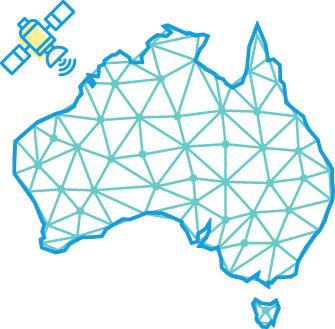
NBN coverage in Australia
By contrast, the NBN is available to the vast majority of Australians, which includes regional, rural, and remote areas.
This coverage isn’t all equal, of course, thanks to the mishmash of connection types, as well as some factors outside of NBN Co’s control.
One such factor is the internal wiring of your home or building. Poor internal wiring can ruin an FTTN, FTTB or FTTC connection. If this is the case for you, why pay to rewire your home (or convince your strata committee to rewire a whole building) if 5G works well in your area?
To see what NBN connection technology is available to you, head to nbnco.com.au and enter your address.
What about NBN fixed wireless and satellite?
People in regional Australia are unlikely to be able to switch to 5G any time soon, and may not even benefit from it when (or if) they do get access to it.
It’s unlikely any areas covered by NBN fixed wireless or Sky Muster satellite connections will also have 5G coverage right now. These areas tend to have lower population density, and so haven’t been a focus of 5G network rollouts.
When or if 5G does eventually arrive in these areas, it could be faster than fixed wireless and will likely be a significant improvement over satellite. But keep in mind, 5G has shorter range than previous mobile technologies such as 4G or 3G, and usually operates at higher frequencies that can be blocked more easily by physical obstacles or bad weather. So don’t be surprised if it turns out to be slower or more unreliable in remote areas than it is in cities, if you get it at all.
And who knows? By the time 5G reaches some more remote areas, NBN Co might have upgraded its fixed wireless connections enough to compete.
Replacing the Sky Muster satellites is a much bigger task, however. Instead, you might end up looking to upcoming low-Earth orbit broadband technologies such as SpaceX’s Starlink or Amazon’s (currently named) Project Kuiper.
Reliability of connections
Winner: Too early to say
It’s too early in the game to properly compare the reliability of 5G and NBN connections. Not only do you run into the same problems as comparing speed (namely, no datasets gathered using the same methodology), but 5G is still in its infancy, so there’s not much data to go on.
There’s been no shortage of media coverage about NBN connection reliability since its launch, but data from the ACCC’s monitoring program shows that most fixed-line NBN connections are stable. Or, at least, stable to a degree that the current data-gathering methods can detect.
There’s nothing to suggest 5G isn’t the same. However, mobile technologies can be affected by environmental factors such as bad weather, local signal interference, and physical obstacles such as buildings, trees and so on.
Given that 5G runs at higher frequencies than previous mobile broadband standards, it could be more susceptible to these problems, depending on how the 5G network is constructed.
Speed: Is 5G faster than the NBN?
Winner: Hard to say
Comparing 5G and NBN speeds is tricky.
We’ve already seen that 5G outstrips NBN plans in terms of speed-for-money. What about what about maximum speeds?
Speed results for the NBN are gathered by the Australian Competition and Consumer Commission (ACCC), but 5G reporting comes from varied and not necessarily unbiased sources. Hence the difficulty with comparing the two types of broadband.
The ACCC generally reports most NBN Home Standard and Home Fast plans perform close to their 50Mbps and 100Mbps upper limits. (Unfortunately, there’s not enough ACCC data on Home Superfast or Home Ultrafast plans to meaningfully determine if these customers are getting what they pay for.)
5G speeds regularly equal or surpass the 250Mbps limit of NBN Home Superfast, and have been recorded as high as 1Gbps – the upper limit of the NBN Home Ultrafast plan. But these figures aren’t very useful because we have no meaningful NBN data to compare it to.
As for latency (ping, or how long it takes for a signal to travel to its destination and back), industry pundits have predicted 5G latencies as low as 1 millisecond (ms). However, Ookla, the company behind Speedtest.net, reported averages between 18ms and 20ms in 2021. If that’s still the case in 2022, 5G latency is actually higher (which means the signal travels slower) than many fixed-line NBN connections in the Home Standard and Home Fast speed tiers (we don’t have enough data to report on Home Superfast and Ultrafast).
There are no simple figures to compare 5G and NBN speeds, but we’ve simplified some data to offer a general idea.
Maximum speeds for NBN connection technologies
Generally speaking, most people with fixed-line NBN get relatively close to their speed tier’s maximum connection speed, on average, according to ACCC data. But some technologies perform better than others.
The connection technology you have, as well as other location factors, determines the maximum fixed-line NBN plan a service provider will sell you. But you might get less speed, depending on your connection strength at your premises.
The fastest plans for each fixed-line NBN technology are:
- Fibre to the node (FTTN) – Home Fast, but some providers won’t go above Home Standard without testing your connection first
- Fibre to the building (FTTB) – Home Fast
- Fibre to the curb (FTTC) – Home Fast, but NBN Co hopes to increase it to Home Superfast or Ultrafast beginning in 2022
- Fibre to the premises (FTTP) – Home Ultrafast
- Hybrid fibre coaxial (HFC) – Home Ultrafast, but NBN Co states no more than 750Mbps sustained download speeds for HFC, with short bursts of up to nearly 1Gbps.
Home Ultrafast has been available to all FTTP connections since it launched in 2020. Initially, it was available to just 7% of HFC connections, but NBN Co claims it’s 90% as of August 2021.
NBN wholesale speed tiers explained
Home Basic 1 (previously known as NBN 12): Expected speed less than 12Mbps download speeds in typical busy times.
Home Basic 2 (previously known as NBN 25): Expected speed at least 15Mbps download speeds during typical busy times, up to 25Mbps.
Home Standard (previously known as NBN 50): Expected speed at least 30Mbps download speeds during typical busy times, up to 50Mbps.
Home Fast (previously known as NBN 100): Expected speed at least 60Mbps download speeds during typical busy times, up to 100Mbps for FTTP and HFC. Between 25Mbps and 100Mbps for FTTC, FTTN and FTTB.
Home Superfast: Expected speed at least 150Mbps download speeds during typical busy times, up to 250Mbps.
Home Ultrafast: Expected speed from 500Mbps to close to 1Gbps.
These are the wholesale figures NBN Co expects these products to provide for fixed-line connections as at March 2022. Service providers aren’t required to use the same plan names, but must clearly state their own typical speed figures when advertising plans. NBN Co has renamed its speed tiers more than once, so we’ve included a column with some previous titles.
How fast is 5G in Australia?
5G plans generally come in two speed variants: 100Mbps and uncapped.
As with any mobile data, the uncapped limit is determined by your area’s congestion versus capacity, as well as your device. If network capacity increases at the same rate or faster than congestion, things should look bright for 5G.
Ookla, the company behind the popular Speedtest.net website and app, released data gathered between Q1 and Q2 of 2021 that named Optus as the fastest 5G carrier.
Average 5G speeds in Australia*
Optus:
Average 5G download speed – 323.94Mbps
Average 5G upload speed – 22Mbps
Average 5G latency/ping – 18ms
Telstra:
Average 5G download speed – 304.14Mbps
Average 5G upload speed – 27.16Mbps
Average 5G latency/ping – 19ms
Vodafone:
Average 5G download speed – 201.89Mbps
Average 5G upload speed – 17.27Mbps
Average 5G latency/ping – 20ms
*Figures taken from the Ookla Speedtest Awards. Data was collected between Q1 and Q2, 2021.
But the data varies between reporting sources. Another 2021 report, commissioned by Telstra and conducted by engineering consultancy group Umlaut, named Telstra the clear winner for 5G business plans, with speeds regularly topping 1Gbps downloads.
NBN Home Ultrafast maximum speed: 1 gigabit per second
NBN Home Superfast maximum speed: 250 megabits per second
NBN Home Fast maximum speed: 100 megabits per second
Telstra 5G average speed: 304.14 megabits per second
Optus 5G average speed: 323.94 megabits per second
Vodafone 5G average speed: 201.80 megabits per second
Telstra 5G additional 90th percentile average speed: 302.55 megabits per second
Optus 5G additional 90th percentile average speed: 260.56 megabits per second
Vodafone 5G additional 90th percentile average speed: 217.94 megabits per second
5G speed data gathered from Ookla 5G speed awards, Q1-Q2 2021
Current 5G speeds could be faster thanks to continued network rollouts
NBN speeds are an approximate maximum possible for these wholesale speed tiers on some NBN connection technologies. These speeds are not guaranteed.
Upgrades are underway for 5G and the NBN
The NBN and 5G networks are both being upgraded. For 5G, that currently means coverage and capacity, which can lead to faster speeds and more reliable connections. But in future, we’ll also see technology advancements that increase maximum possible speeds, some of which will replace the current 5G hardware.
For NBN fixed-line, it largely means laying more fibre-optic cabling to replace outdated copper wires.
NBN Co’s network upgrade program has been rolling along for a while now. As of November 2021, 1.6 million FTTN premises were either eligible for an FTTP upgrade, or should benefit from fibre being laid closer to their premises. The company aims to eventually make 2 million FTTN premises eligible for an FTTP upgrade.
NBN Co also plans to start similar FTTP upgrades for some FTTC connections, but these upgrades are yet to be rolled out.
Not every FTTN or FTTC connection will be upgraded to FTTP. Eligibility is based on where NBN Co anticipates strong demand for higher speeds, where it can provide maximum benefit to the most customers, and ease and cost-effectiveness of deployment.

